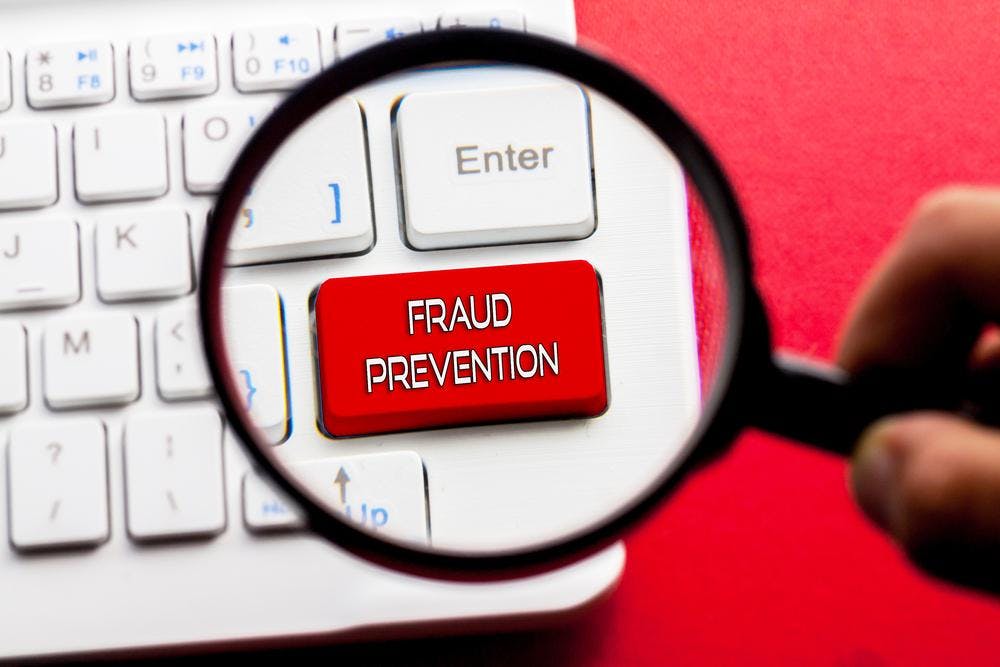Aaron Cole and his family found their dream home in Oregon last December. His offer of $440,000 was accepted and the family was preparing to move in just before Christmas. Everything appeared to be on track until he made a very big mistake.
 In his story shared by Realtor ® Magazine, Cole received an email during the closing process – a short few weeks to go before moving. The email instructed Cole on a new arrangement to wire his $123,000 down payment on the home purchase. About a week later, he received a phone call from his title company providing wire instructions. That’s when it hit Cole – he was the victim of a phishing scam, sent his money to the wrong party, lost all of the family’s savings and had no backup plan after having already sold his home.
In his story shared by Realtor ® Magazine, Cole received an email during the closing process – a short few weeks to go before moving. The email instructed Cole on a new arrangement to wire his $123,000 down payment on the home purchase. About a week later, he received a phone call from his title company providing wire instructions. That’s when it hit Cole – he was the victim of a phishing scam, sent his money to the wrong party, lost all of the family’s savings and had no backup plan after having already sold his home.
“You spend your entire life to save to buy a house, and then, just like that, it’s gone,” Cole was quoted as saying. “I probably sent about 150 emails back and forth during this transaction, and this email looked like all the others.”
But there was a slight clue that Cole could have caught. The email address listed in the message by the scammer contained an odd extension: [name].wfgnationaltitle@mail.com – with “@mail” being out of character.
Even as technology improves productivity in our fast-paced lives, consumers and businesses alike are being caught up in an ever-increasing number of scams and data breaches that are leading to shocking – and life-changing – losses. A forecast from Cybersecurity Ventures projected cybercrime will cost us $6 trillion by 2021, double the figure from 2015.
The FBI said (opens as a PDF) there were 11,300 reported cases of real estate fraud in 2018, leading to an estimated $150 million in personal losses. The figure is closer to $1 billion in losses between 2015 and 2017, the Consumer Financial Protection Bureau (CFPB) estimates. Beyond real estate, wire fraud was responsible for at least $5 billion in losses to consumers between 2013 and 2018.
Cole remembers the bright red “WARNING” labels about cyber scams in the transaction documents he signed. “I really don’t think there’s any bigger warning or messaging a company can do about the dangers,” he told Realtor Magazine. “But it’s also just another warning on a document. You see it, sign, and move on to the next one.”
For the Cole family, the story ends surprisingly well. He was offered the full $123,000 down payment by the title company in exchange for his participation in its wire-fraud marketing campaign. The family moved into their desired home and all ended well.
Not all consumers are this fortunate. The CFPB offers tips on keeping your real estate transactions safe, including:
- Always identify two trusted individuals to confirm the closing process and payment instructions. Consider creating a code phrase known only by the trusted parties as a way to confirm identities over the phone.
- Avoid exchanging any details about your closing over email.
- Before wiring money, confirm instructions—in person or phone—with your trusted representatives. Never follow wiring instructions contained in an email.
- Avoid using phone numbers of links contained in a suspect email.
- Never email financial information.
- Be mindful of phone calls you receive. Scammers may sometimes contact a client to verify personal or financial information. Always refer back to trusted professionals to confirm.
- Report suspicious activity right away. If you suspect funds have been taken, contact your bank or title company immediately and ask for a “wire recall.” You can also file a complaint with the FBI’s Internet Crime Complaint Center.
- If the fraud you’ve been a victim of violates federal law, there’s likely a government agency that wants to know (in addition to the FBI). Go to usa.gov/stop-scams-frauds for a list of agencies, with the Federal Trade Commission at the top.
For more assistance, AARP’s Fraud Watch Network has a hotline available to anyone – 877-908-3360. Volunteers there can help you with figuring out the best next steps.




